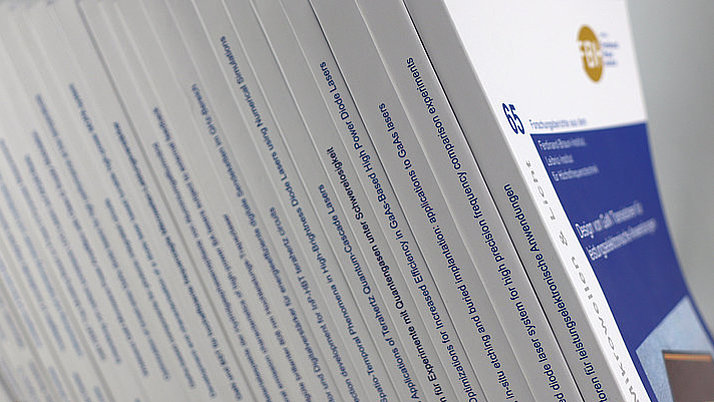Mapping the energy-momentum dispersion of hBN excitons and hybrid plasmons in hBN-WSe2 heterostructures
H.C. Nerl1, J.P. Guerrero-Felipe1,2, A.M. Valencia1,3, K.F. Elyas4, K. Höflich4, C.T. Koch1 & C. Cocchi1,3
Published in:
npj 2D Mater Appl, vol. 8, art. 68, doi:10.1038/s41699-024-00500-w (2024).
Abstract:
Heterostructures obtained by combining two-dimensional (2D) sheets are widely investigated as a platform for designing new materials with customised characteristics. Transition metal dichalcogenides (TMDCs) are often combined with hexagonal boron nitride (hBN) to enhance their excitonic resonances. However, little is known about how stacking affects excitons and plasmons in TMDCs or their mutual interactions. Here, we combine momentum-resolved electron energy-loss spectroscopy with first-principles calculations to study the energy-momentum dispersion of plasmons in multi-layer WSe2-hBN heterostructures as well as in their isolated components. The dispersion of the high-momentum excitons of hBN, alone and in combination with WSe2, is mapped across the entire Brillouin zone. Signatures of hybridisation in the plasmon resonances and some of the excitons suggest that the contribution of hBN cannot be neglected when interpreting the response of such a heterostructure. The consequences of using hBN as an encapsulant for TMDCs are also discussed.
1 Department of Physics and CSMB, Humboldt-Universität zu Berlin, Newtonstraße 15, 10587 Berlin, Germany
2 Department of Physics, Freie Universität Berlin, Arnimallee 14, 14195 Berlin, Germany
3 Institute of Physics and Center for Nanoscale Dynamics (CeNaD), Carl-von-Ossietzy Universität Oldenburg, Carl-von-Ossiertzky Straße 9, 26129 Oldenburg, Germany
4 Ferdinand-Braun-Institut (FBH), Gustav-Kirchhoff-Straße 4, 12489 Berlin, Germany
Subjects:
Electronic properties and materials, Materials for optics, Transmission electron microscopy, Two-dimensional materials
© The Author(s) 2024
Open Access This article is licensed under a Creative Commons Attribution 4.0 International License, which permits use, sharing, adaptation, distribution and reproduction in any medium or format, as long as you give appropriate credit to the original author(s) and the source, provide a link to the Creative Commons licence, and indicate if changes were made. The images or other third party material in this article are included in the article’s Creative Commons licence, unless indicated otherwise in a credit line to the material. If material is not included in the article’s Creative Commons licence and your intended use is not permitted by statutory regulation or exceeds the permitted use, you will need to obtain permission directly from the copyright holder. To view a copy of this licence, visit http://creativecommons.org/licenses/by/4.0/.
Rightslink® by Copyright Clearance Center
Full version in pdf-format.


